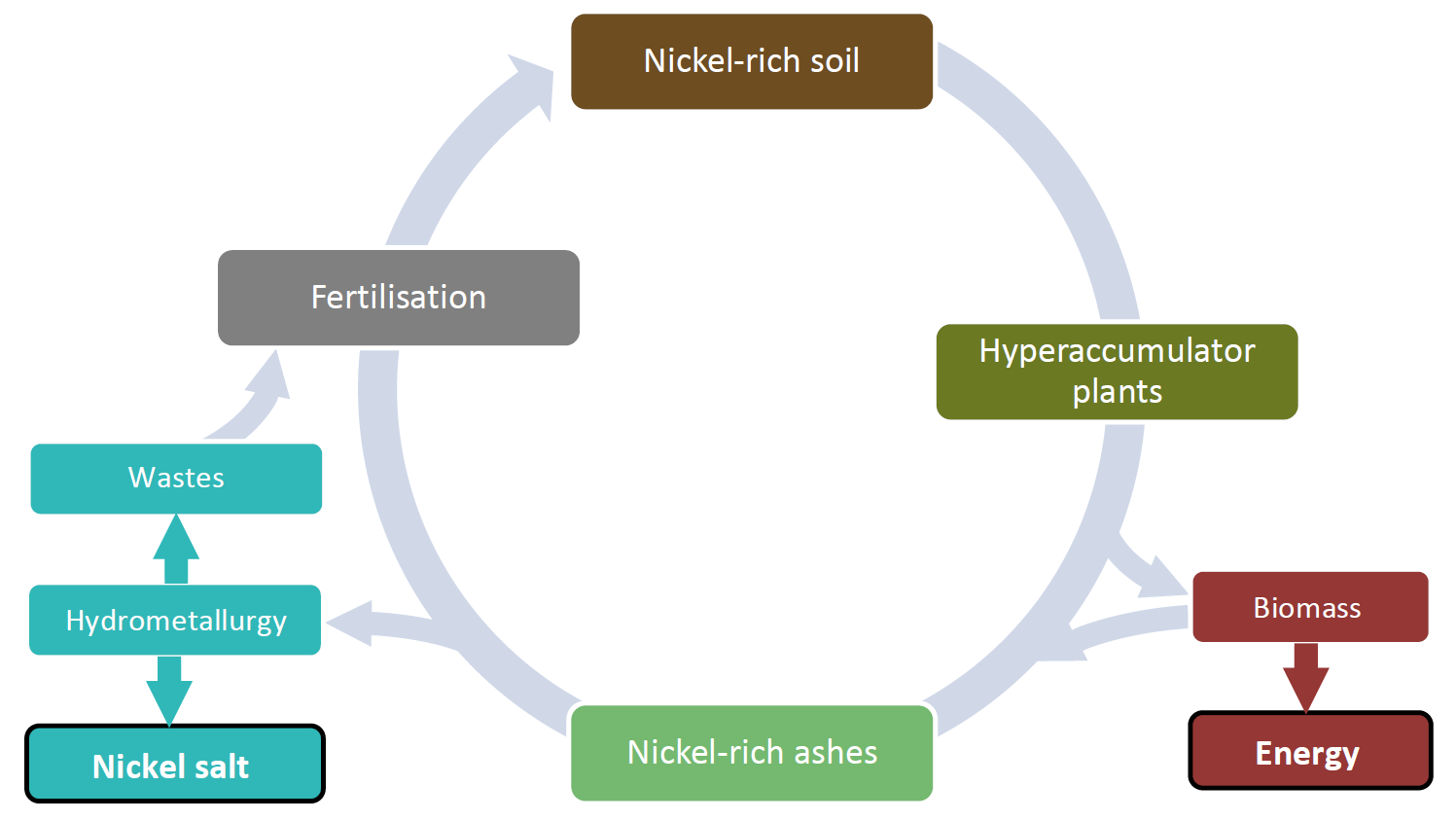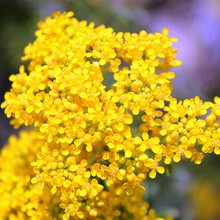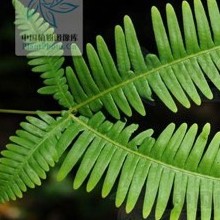Bioeconomy Reading time 4 min
Agromining: extracting metals from plants
Published on 05 May 2020
Former mining soils or areas naturally rich in metals (cadmium, lead, or nickel, for example) are often not suited for cultivation, since these metals are toxic for living organisms. However, there are plants capable of growing in these soils, and some of them can even extract the toxic metals through their root system, storing them in their aerial organs This quality in plants was first discovered in the nineteenth century, but only recently did the researchers devise methods to extract the metals accumulated by the plants.
Agromining, a registered concept
It was in the 2000s that a group of scientists[1] developed a method for extracting nickel from the crops of a plant from the fern family, Alyssum murale, which had been growing on nickel-rich soils in Albania. The first step of the extraction process consists in burning the crops, which produces energy and nickel-rich ashes. These ashes then undergo multiple chemical treatments to extract nickel salts, which are used for industrial purposes.
The concept of agromining encompasses the complete agrosystem –soil, ore, plants—, which conditions the storing of minerals in the plant, and the equally important metal extraction system. This concept was registered at the French National Institute of Industrial Property (INPI) in 2007 by Jean-Louis Morel, from the Soil and Environment Laboratory (LSE) of the Grand-Est-Nancy INRAE centre. According to the researcher, “up until now, we only considered the soil remediation aspect, but, with agromining, we can also exploit the ore.” Through this process, it is possible to extract up to 100 kg of nickel per hectare of Alyssum murale crops. It is less than the quantities extracted using traditional mining techniques, but without the soil degradation and water pollution that characterises these procedures. Agromining is a production chain under development, potentially applicable to different metals. Their objective is not to substitute traditional mining, but to exploit low-grade deposits using a more environmentally friendly approach.
Agromining, in line with a circular bioeconomy

The extraction of nickel from plants involves several stages that have been optimized from an energy and environmental point of view. Energy produced through the combustion of plants can be used for heating or generating electricity. The leftover ashes—after the extraction of nickel—can be used as fertilizer for new crops.
A regulatory framework for recycling metals through agromining, in line with the circular economy act, is currently being discussed in Parliament. This legal framework would allow researchers to carry out experiments in France, where material containing metals is currently considered as waste.
From nickel to rare-earth elements
The pioneering system of nickel agromining is now well known and its extraction process is the subject of an international patent. This system supplies nickel salts suitable for industrial purposes, has a positive life cycle assessment—compared to traditional mining procedures—, and, as it has recently been noticed in Albania after 10 to 20 years of growing Alyssum mural, it can help soils become fertile and arable again.
At the beginning of the 2010s, work expanded to other types of metals, especially those with high added value, known as “rare-earth elements.”


[1] INRAE-UL, LRGP (CNRS-UL), LEM (CNRS-UL), Agricultural University of Tirana, in Albania, and INRS-ETE, in Canada.
The Soil and Environment Laboratory (LSE), at the Grand-Est-Nancy INRAE centre, is the leader in agromining. The LSE designed and edited a collective work that became the first world survey on the subject.
Additionally, it coordinates the International Associated Laboratory ECOLAND, in collaboration with the Sun Yat-sen University, in Canton, China, and a joint laboratory project on unconventional mineral resources with the University of Queensland, Australia.
The LSE is also a stakeholder of the laboratory of excellence Ressources 21, coordinated by the University of Lorraine, in association with the CNRS, which studies rare-earth elements as one of their research axes.
Finally, a start-up was created in 2016 on the subject of nickel agromining, based on research studies: watch the video (in French) to find out more.
